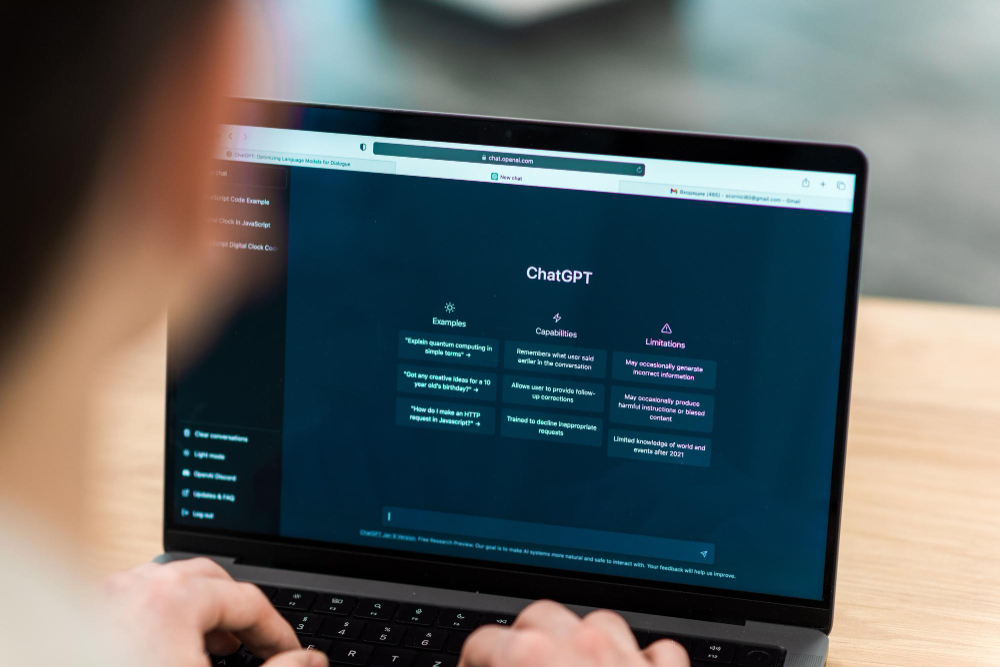Table of Contents
- Components of Constructive Feedback in E-learning
- The Role of Constructive Feedback in Student Success
- Benefits for Teachers and Tutors
- Impact on Parents and Guardians
- The Role of Instructional Designers
- The Role of School Administrators and Educational Software Developers
- The Role of Educational Researchers
- The Role of Entrepreneurs
- Conclusion
One in four US college students are attending different online courses. 77 percent of US companies are providing online corporate training to staff. In this scenario, they should learn different techniques for enhancing the motivation and engagement of the students. Different research and experiments told us that the drop rate from online courses is high. Most of the students also fail in these courses.
For addressing this issue, John Hattie's book Visible Learning for Teachers has interesting suggestions. Hattie believes that constructive feedback reduces the gap between students' current abilities and learning goals. But, how to give it and how it can impact different educational stakeholders? We are going to discuss it in this blog.
Components of Constructive Feedback in E-learning
In physical education, feedback is limited to some face-to-face comments. However, in e-learning, teachers can integrate different types of feedback throughout the course with ease. The Learning Management System (LMS) has an integrated feedback mechanism in it. There are four types of common mechanisms tutors can use.
Automated Feedback: Many platforms have automated feedback options in which AI gives feedback to students after they submit any quiz or assessment. The Autocrat tool can be used for it.
Peer Review Systems: Some LMS platforms have a peer-to-peer feedback option in which they can submit the assignment and their peers can review it. Turnitin Peermark can be used for this purpose.
Instructor Feedback Tools: A lot of LMS platforms have an instructor feedback option that allows tutors to give personalized feedback. They can give it in the form of text, audio or video. Google Docs can be used for this purpose.
Interactive Discussion Boards: Different forums like Padlet allow interaction among peers. They can discuss things and give feedback to each other in the discussion loop. Tutors can also take part in it.
Constructive feedback can also resolve the issue of a high drop rate. For this, a teacher should give feedback to students at different stages of an online course.
Throughout the course, they should use different interactive elements in the classroom. It includes quizzes and surveys. These interactive aspects will keep students engaged and they will be eager to complete the course. With it, giving feedback immediately after completing the course can help students implement the knowledge from the course in their daily lives.
However, Hattie has found an issue with personalized feedback from the teachers. He included a lot of research articles in his book that showed how students found teachers’ personalized feedback useless. Hattie said it was because their feedback didn't address three main questions.
These questions are: Where am I going? (discussion about learning goals), How am I getting there? (discussion about the progress) And where next? (discussion about next challenges or steps). If personalized feedback contains these aspects, it is efficient feedback.
The Role of Constructive Feedback in Student Success
Positive and constructive feedback allows students to identify their mistakes and steer toward the right path. They can check their skills and make changes in their strategies according to them.
Moreover, it can help students in measuring their progress and achievements throughout the course. They learn where they are doing good that motivates them and they would love to make improvements to get more achievements under their belt.
Benefits for Teachers and Tutors
Teachers can also ask students to provide their feedback before starting the online course and after completing the course. This feedback can help them to know about the goals of students and how much they are satisfied with the course. It can help them improve their teaching strategies and the content of online courses. Google Docs allows the creation of surveys and sharing with students. So, a teacher can utilize this tool.
Moreover, they can use Padlet or any community forum to connect with their peers. The peer feedback regarding their teaching can help them grow professionally and build a growth mindset in their professional life.
Impact on Parents and Guardians
Parent feedback can improve child development, academic goals, and self-esteem and allow them to complete chores effectively. Involved parenting enhances outcomes in schools. A study found that parents who offered praise to preschool kids on their language and math skills performed better than other groups. So, parents should appreciate the process, confirm to them what they are doing is correct and provide detailed answers to their questions. They can use different AI tools such as EdTools to remain in contact with tutors and provide feedback to students and teachers.
The Role of Instructional Designers
Instructional designers’ main aim is to create instructional, constructive and productive educational material and resources. For this, they should take constructive feedback from their audience. It will enable them to create effective educational material for students and teachers. Moreover, they should add a system of constructive feedback in the educational material so that students and teachers can share feedback.
The Role of School Administrators and Educational Software Developers
School administrators should integrate educational software that has feedback options in them. For example, Turnitin and Google Meet have the system of giving and receiving feedback in different forms. So, the administration should add such type of software to get feedback at the classroom level.
Educational software developers should create such LMS that collect surveys from all students about the school. They can give those surveys to students through email. This feedback from students can help them in improving the school system and teaching strategies of teachers.
The Role of Educational Researchers
A lot of educational researchers have focused on face-to-face feedback impacts. Hattie's book contains a lot of research regarding constructive feedback. However, researchers now should focus on effective strategies for giving online feedback and the usefulness of different tools that teachers, parents and institutes can use to give or receive feedback.
The Role of Entrepreneurs
Entrepreneurs can introduce different EdTech tools that contain the aspect of giving or receiving feedback. Moreover, they should create tools that can help teachers provide quick feedback to students. For example, there is a Gradescope AI tool that helps teachers in grading assessments within a few minutes. In this way, they can give quick and effective feedback to their students. So, entrepreneurs should focus on creating such tools.
Moreover, they can take feedback on their tools to improve it. For example, Sora AI is gaining feedback from its users before getting launched. So, entrepreneurs should follow this framework for launching their products.
Conclusion
So, constructive feedback has a lot of benefits for every educational stakeholder. It enables them to improve their products and motivates them to keep struggling and learning new things. But, you should make sure that your feedback is constructive, positive and encouraging so that the receiver doesn't get disheartened. For giving constructive feedback, you can use various AI tools and LMS systems. So, add them to your life to integrate constructive feedback in your journey toward your goals.

































Comments are closed.